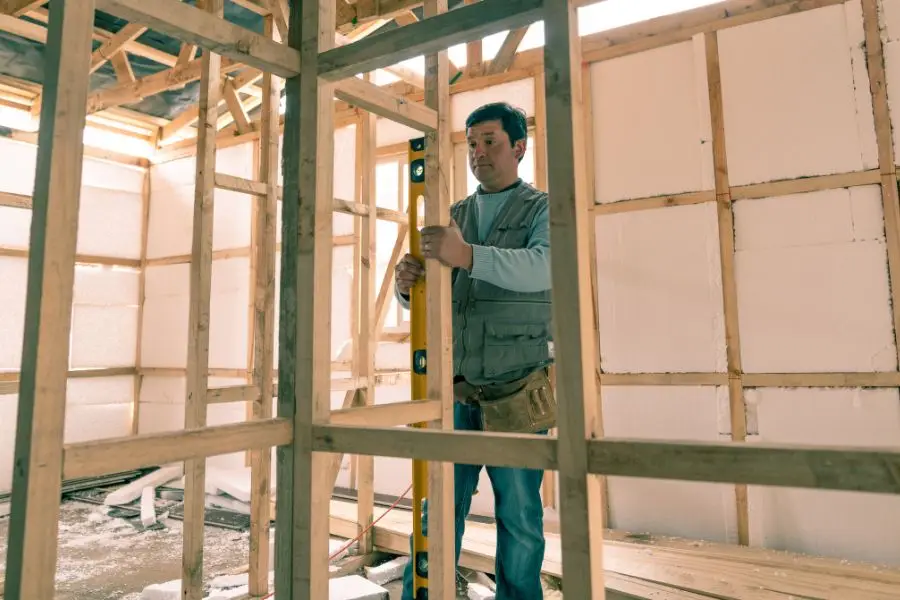Beyond the Timber: Building Resilience in Wooden Structures

Historical Significance of Wooden Structures
Wooden structures hold a cherished place in the architectural tapestry of history, providing a tangible link to the past. These edifices are more than just buildings; they are storytellers, whispering tales of different eras, cultural values, and the artistic prowess of civilizations long gone.
Structures such as log cabins, ancient temples, and historic homes offer insight into earlier societies’ architectural innovations and lifestyle preferences. By utilizing log home repair services, communities can ensure the endurance of these cultural landmarks, preserving their rich narratives for future generations to explore and learn from.
Common Threats to Wooden Structures
Despite their deep-rooted significance, wooden structures are constantly under siege by various natural and artificial threats. Chief among these is the relentless assault by the elements, such as moisture intrusion, which can lead to wood rot, and the relentless impact of UV rays that cause fading and cracking. Furthermore, the silent but destructive force of pests, particularly termites, can erode the integrity of these structures from the inside out, often without immediate detection.
Modern Techniques for Restoration
Modern technology has opened new frontiers in restoring wooden structures, allowing for more precise and durable repairs. The restoration field has evolved from using advanced chemical treatments that protect against decay and insect infestations to employing state-of-the-art digital modeling technologies for accurate structural assessments.
Such innovations enable preservationists to address both aesthetic and structural concerns, ensuring that the charm and authenticity of historic wooden buildings are maintained while reinforcing their strength. By blending traditional restoration techniques with cutting-edge technology, experts can breathe new life into these treasured structures, reaffirming their place in cultural heritage.
Sustainability Benefits of Restoration
Restoring wooden structures is a nod to the past and a progressive step toward sustainability. By lowering the need for new materials, restoration helps save natural resources. It lessens the adverse environmental effects of new building projects.
By repurposing old structures, communities may reduce construction waste and the carbon impact of creating new materials. This promotes environmental conservation and supports the broader mission of achieving sustainable development goals. As society increasingly acknowledges the need to balance modernization with sustainable practices, restoration is a testament to this delicate equilibrium.
Preventive Measures to Protect Wood
Precautionary steps are crucial in safeguarding wooden structures from potential damage, ensuring they stand proudly through the ages. Regular inspections are vital for catching early signs of deterioration, such as moisture buildup, pest infestation, or structural weakness.
Maintaining an optimal moisture level through proper ventilation and drainage systems can significantly mitigate the risks of wood rot and decay. Additionally, applying protective coatings and finishes is a barrier against moisture absorption and UV damage, preserving the wood’s natural beauty and structural soundness. Establishing a regimented maintenance routine can prevent significant restoration efforts, ensuring longevity at a fraction of the cost.
Community Involvement in Preservation
Community participation dramatically enhances the preservation of wooden structures, transforming preservation efforts into collective endeavors that reflect shared values and cultural pride. Through local initiatives, community members can raise awareness about these structures’ historical and cultural significance, fostering a sense of custodianship and responsibility.
Educational programs highlighting preservation techniques and heritage conservation can empower individuals, enhancing community engagement and collaboration. By cultivating a stewardship mindset, communities can ensure these wooden treasures are appreciated and preserved for posterity, bridging the past and the future.
